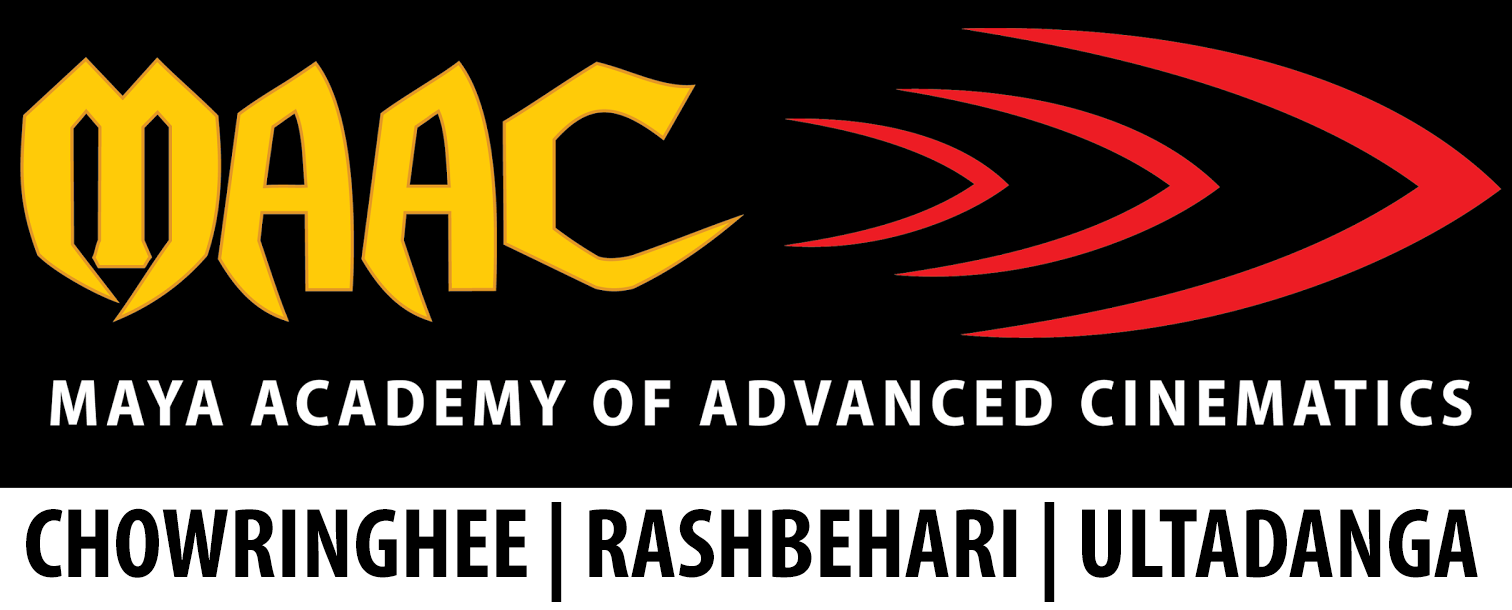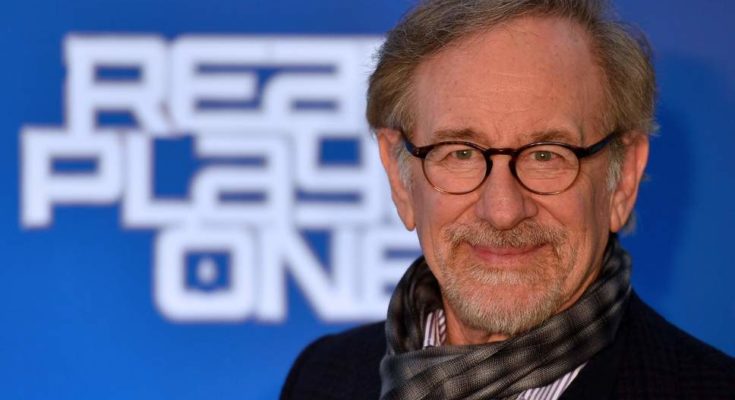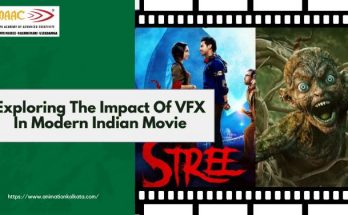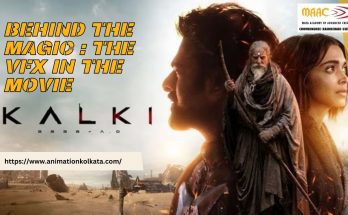Steven Spielberg is the most successful Hollywood filmmaker, who has won the Academy Award for Best Director twice.
His movies are among the highest-grossing movies of all-time.
He is also the co-founders of DreamWorks Studios.
Spielberg’s films explored many themes and genres.
His films varied from Science-fiction, adventure films to humanistic issues.
Here are his Best Five Steven Spielberg Visual Effects films:-
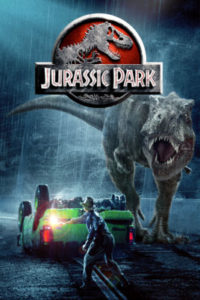
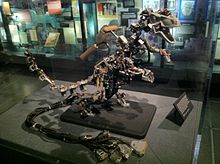
Jurassic Park is 1993 Hollywood Science fiction adventure film directed by Steven Spielberg.
In this film, Dinosaurs were created with computer-generated Imagery by ILM (Industrial Light and Magic) and giant Animatronic Tyrannosaurus Rex, largest sculpture made by Stan Winston’s team.
Tyrannosaurus Rex or T.rex stood 20 feet, weighed 17,500 pounds and was 40 feet long.
Jurassic park used only 63 individual visual effects shots.
There were only 15 minutes of Dinosaurs in the film: 9 minutes of animatronics and 6 minutes of ILM’S computer animated version. But those six minutes are very impressive for a film released over 20 years ago.
Dinosaur Input Devices helped to fed information into computers to allow them to animate the characters like stop motion puppets.
Dinosaurs rendering often took two to four hours per frame and rendering T.rex in the rain took six hours per frame.
The film used Digital sound to give the audience real sound effects.
The T-Rex ‘chasing the Jeep’ was the difficult scene to animate, T-Rex running through puddles of water and splashing.
The splashing was filmed separately and then the computer added it to the T-Rex’s footsteps.
Phil Tippett and Dennis Muren traced Dinosaurs physical movements by transforming them into computer via the movements of robotic devices.
During the shooting, the animatronics used to shake excessively due to use of large amount of water and the Winston’s team had to dry the giant dinosaurs before the next shot.
This film won three Academy Awards for its Technical Achievements in visual effects and sound design.
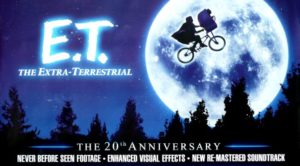
In Steven Spielberg film E.T. The Extra-Terrestrial, ILM studio created Iconic image of E.T (an Alien) and Elliot (a Boy) flying over the face of full moon, using the studios go-motion technologies combined with crafted miniature and puppet character, shot on a blue screen and then inserted into live action plates.
Made in 1982 this film was a blockbuster.
Italian special effects artist Carlo Rambaldi created gentle Animatronic alien E.T. Rambaldi’s team took six months and $1.5 million to create three models: a mechanical E.T operated by cables, an electronic one for facial movements and a costume that three actors wore for alien walking scenes.
A 12 year old boy (Matthew De Meritt) was first to wear E.T puppet costume.
Heavy radio-controlled head of E.T was placed on top of the Matthew’s head.
In the film E.T’s hand and arm movements were performed by professional mime, Caprice Rothe.
Actress Pat Welsh did the voice of E.T.
She used to smoke two packs of cigarettes a day, which gave her voice the quality that was liked by sound effects creator Ben Burtt.
Special effects supervisor Dennis Muren received award for this film along with Carlo Rambaldi.
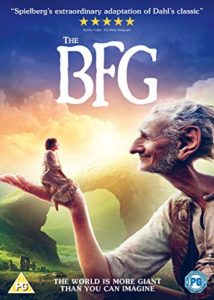
The BFG is a 2016 Fantasy Adventure film, based on Roald Dahl’s classic under the banner of Walt Disney Pictures.
It is a tale filled with magic, wonder and friendship between a young girl and a Big Friendly Giant.
Mark Rylance played the giant’s role. Mark performed the character through Motion-Capture technique.
Nine 50 foot tall giants were created using 3D software.
Weta Digital created 875 visual effects shots filled with giants, dreams and an orphan girl.
Animation Supervisor Jamie Beard with the tool Simulcam enabled virtual version of Mark Rylance as a 24 foot tall giant to appear in the main camera unit.
They used Facial-camera footage recording dots on Mark’s face to capture the muscle movements or emotions.
Artists spend weeks on a single frame trying to understand how the muscles were working.
The film featured lot of computer generated location, one of which was Dream Country.
The dreams became active lighting elements in the shot and hence animation and lighting was constant in change.
The BFG rigs were used when Sophie stands on his shoulder or sits in his hand.
These were operated by animation to give a sense of movement.
Jamie Beard is the animation supervisor in this film and it took 18 months to complete.
Real-time lighting software Gazebo and Maya was used for animation. AVID for editing and NUKE for effects.
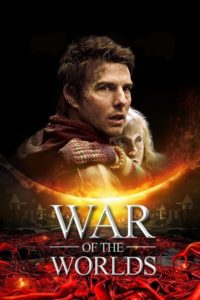
War of the Worlds is a Science-fiction action disaster film of 2005.
This film was shot in 73 days in different sound stages as well as locations.
It got award for Best Visual Effects, Sound Mixing and Sound Editing.
Industrial Light and Magic created Special Effects for the Movie and Steven Spielberg used Computers for visualization.
Digital effects blended with miniature and live-action footage.
The Visual effects crew worked hard to make the movements of the Tripod believable with large tank-like head carried by thin and flexible legs.
For Visual Effects Supervisor Pablo Helman creating 150 feet tall Tripod was a challenge.
The aliens were designed on the basic of Jellyfish.
In the Heat-Ray death scene, to vaporise the body, Live-action dust was used along with CGI ray assimilation and particles.
Digital birds were used to symbolize the presence of death.
For ILM crew destruction of the Bayonne Bridge was the toughest scene to create with heavy usage mix of CGI effects and Live-action elements.
This film used over 500 CGI (Computer Generated Imagery) effects.
For the scene where Ray’s stolen minivan is attacked by a mob, different lights were used such as Coleman Lamps, Oil Lanterns, Flashlights and Maglights.
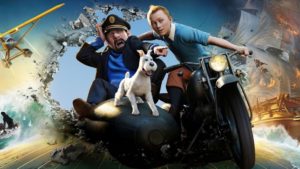
The Adventures of Tintin
This is 2011, 3D Motion Capture Computer-animated Mystery Adventure film.
The Oscar winner Joe Letteri served as senior VFX Supervisor for this film.
Weta Digital and NVIDIA developed a ray tracing software called Panta Ray, to improve the quality of indoor lighting nuances.
Jamie Bell performed as Tintin through Motion capture.
For animators Snowy was the hardest character to animate and develop due to the type of coat and colour white.
Dog motion was captured digitally to animate Snowy and his voice effects were taken from various breeds of dog.
Weta Digital created 1300 shots for this film and about 1100 artists worked on the production.
This film won Golden Globe for Best Animation Feature Film.
Welcome to the word of Visual effects with MAAC Chowringhee, Rasbehari and Ultadanga center to get a brief concept of all types of visual effect courses.
Click here to know and register.
